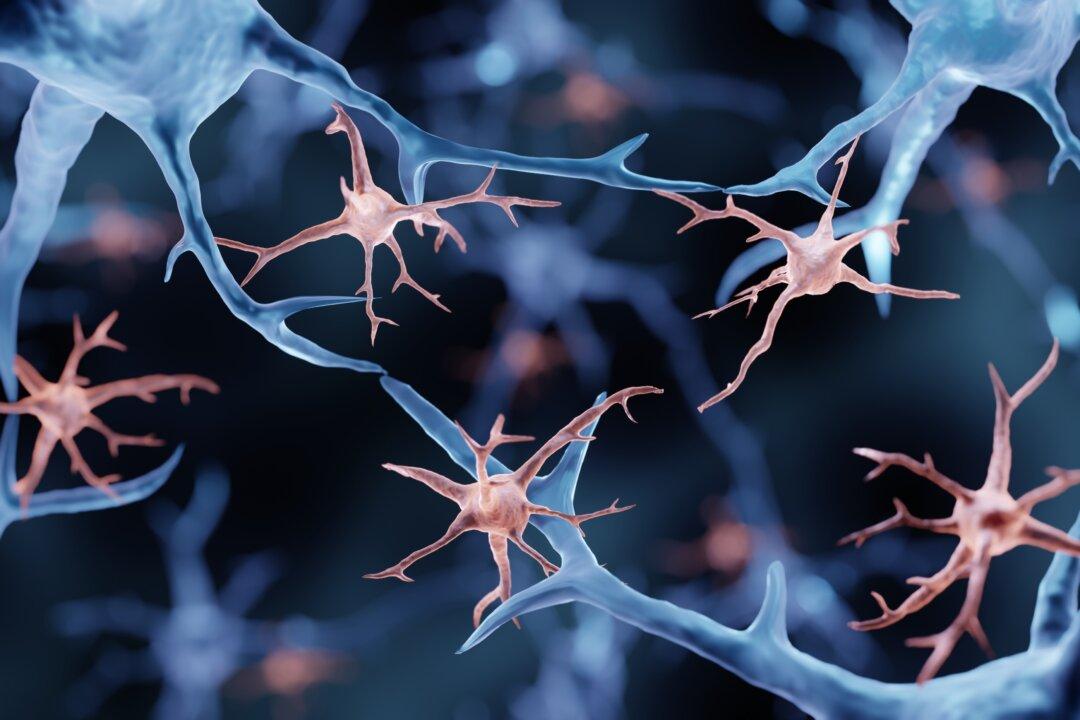What day of the week is it? What is the password of your bank account? If you are often forgetful, and your memory is getting worse, beware of dementia. However, research has proven that the right approach can improve dementia and make the mind work better.
The Most Commonly Recognized Early Sign of Dementia
An early symptom of dementia is forgetfulness. People in the early stages of dementia may often experience the following situations:- Often unable to find their keys or glasses.
- Suddenly can’t remember what they are doing.
- Can’t remember what year it is, what day of the week it is, or the passwords to their bank accounts
- Slowly becoming unable to call people by their names.
- Forgetting whether they have just taken their medication or what they ate at their last meal.
It is easy to confuse dementia with amnesia, but while amnesia does not get worse, dementia is a continuous deterioration.





